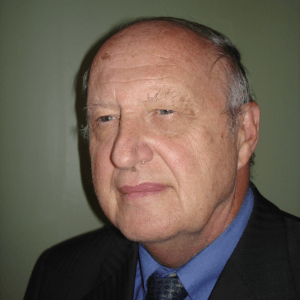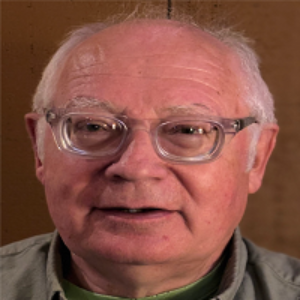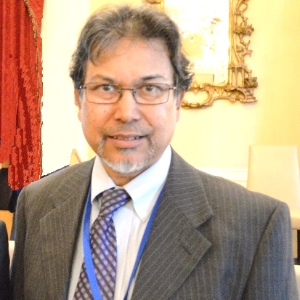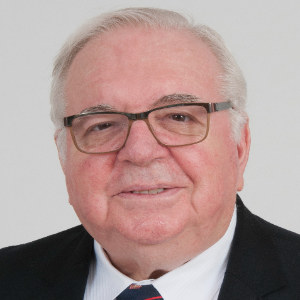Every battery needs electrodes to function. Alessandro Volta created the first electrochemical battery, properly known as the Voltaic cell, which was made up of a stack of copper and zinc electrodes separated by discs of paper that had been soaked in salt water. It wasn't very practical because the voltaic cell's voltage fluctuated. The Daniell cell, which bears John Frederic Daniell's name, was the first useful battery created in 1839. using the same electrode mix of zinc and copper. Since then, a lot more batteries made of different materials have been produced (see List of batteries). The employment of two electrodes, which may be further separated into the categories of anodes and cathodes, remains the foundation of all of these. Anode and cathode are the positive (+) and negative (), respectively, electrodes in a vacuum tube or a semiconductor with polarity (diodes, electrolytic capacitors). Through the cathode and anode, respectively, the electrons go through the device. Many devices incorporate additional electrodes to regulate functioning, such as the base, gate, and control grid. A counter electrode, also known as an auxiliary electrode, in a three-electrode cell serves solely to establish a connection to the electrolyte so that the working electrode can receive current. To prevent dissolution, the counter 8.

Ephraim Suhir
Portland State University, United States
Thomas J Webster
Interstellar Therapeutics, United States
Robert Buenker
University of Wuppertal, Germany
Will Skene
Montreal University, Canada
Valeriy A Buryachenko
Micromechanics & Composites LLC, United States
Anis Rahman
Applied Research & Photonics, Inc, United States
Will Skene
Montreal University, Canada
Robert Guidoin
Laval University, Canada
Robert Buenker
University of Wuppertal, Germany


Title : Introducing picotechnology: An exciting extension of nanotechnology
Thomas J Webster, Interstellar Therapeutics, United States
Title : The failure of both einsteins space-time theory and his equivalence principle and their resolution by the uniform scaling method
Robert Buenker, University of Wuppertal, Germany
Title : Material challenges with proton conducting ceramics for intermediate temperature hydrogenation/dehydrogenation applications
Saheli Biswas, Commonwealth Scientific and Industrial Research Organisation, Australia
Title : Porphyrin layers at metal-electrolyte interfaces monitored by EC-STM and CV
Marek Nowicki, University of Wroclaw, Poland
Title : Color control of electrochromes by structural modification
Will Skene, Montreal University, Canada
Title : Make experiments more efficient: Two simple and powerful approaches. Mg2Si growth for photovoltaic and thermoelectric applications
Alexander S Gouralnik , Institute of Automation and Control Processes, Russian Federation
Title : Reconfigurable antenna structures using tunable materials
Nasimuddin, Institute for Infocomm Research, Singapore
Title : (0, 1 and 2) Dimensional hybrid architecture of the synthesized materials leads the smart sensing of the gaseous species at low/room temperature
D R Patil, North Maharashtra University, India
Title : Enhanced grain refinement, precipitates regulation, and improved mechanical properties of cast Al-Li alloy by Ti addition and heat treatment
Lixiong Shao, Shanghai Jiao Tong University, China
Title : Broadband sound attenuation of shape memory polymer with triangular-honeycomb unit cell metamaterial structural design
Musaab Ejaz, Universiti Teknologi PETRONAS (UTP), Malaysia